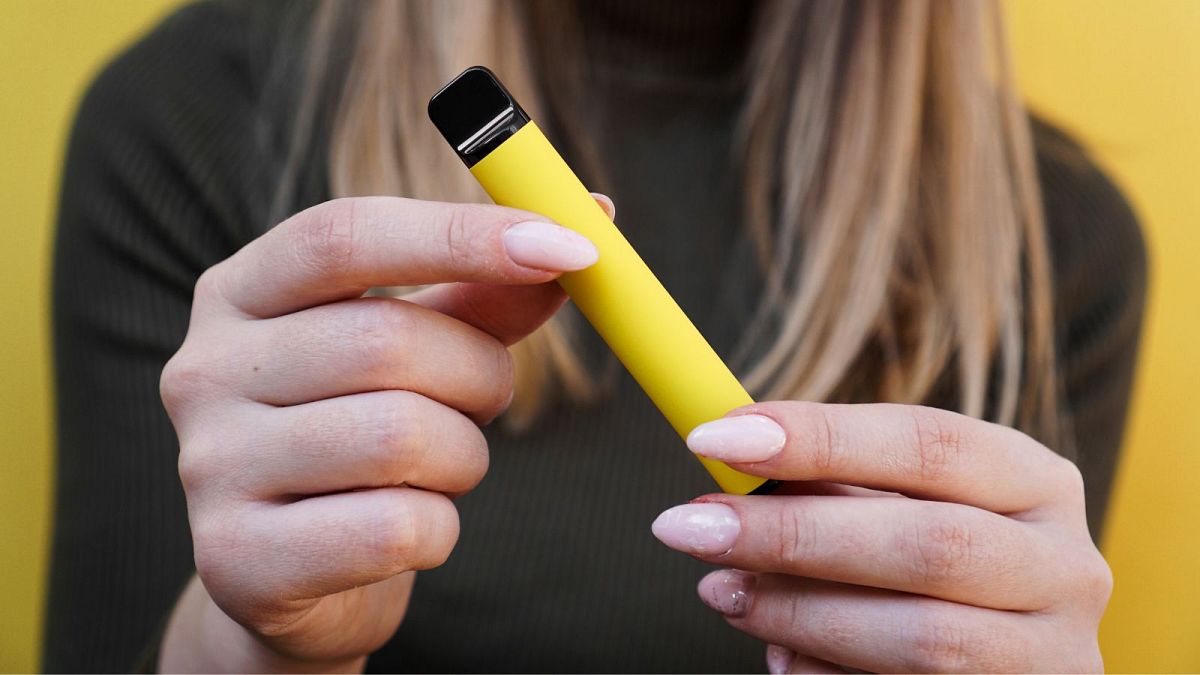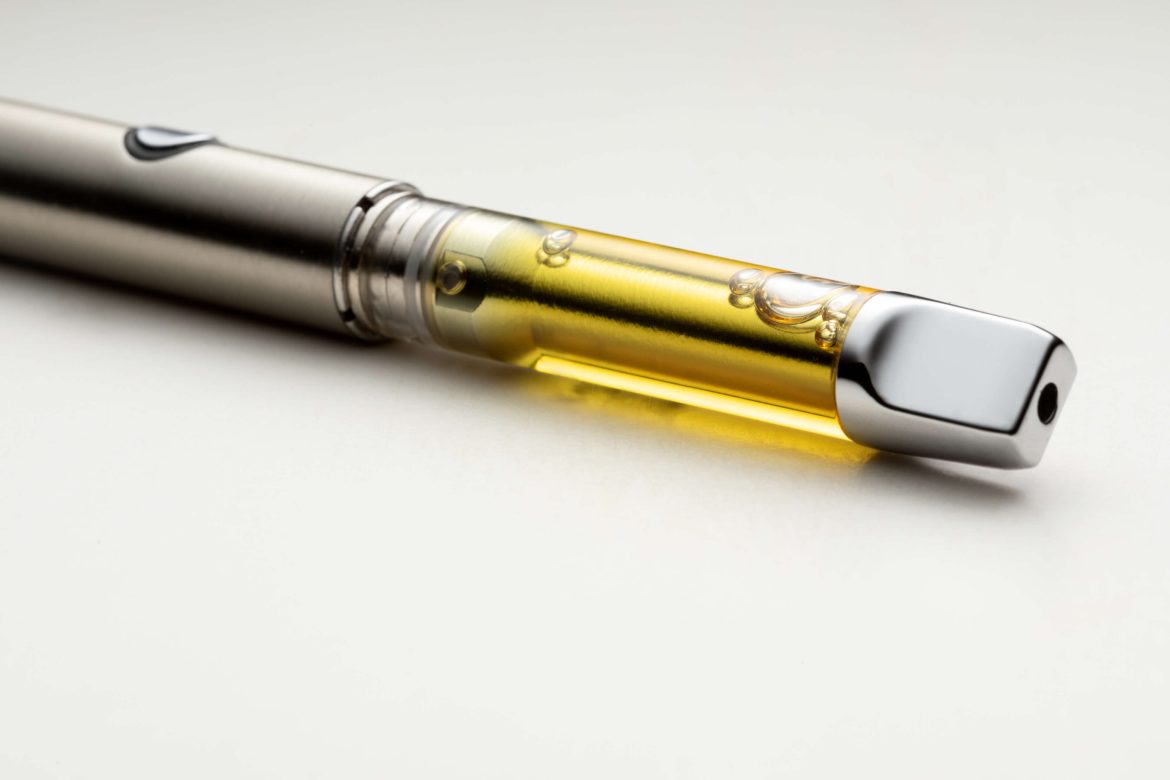The vaping industry has experienced exponential growth in recent years, driven by technological advancements and evolving consumer preferences. However, concerns about the health effects of vaping, particularly among youth, have prompted regulatory authorities worldwide to implement stringent regulations aimed at mitigating potential risks and safeguarding public health. In this case report, we delve into the multifaceted impact of voopoo vaping regulations on consumer behavior, shedding light on the responses of vaping enthusiasts in a regulated market.
Case Description:
Our study encompassed a diverse sample of 100 vaping enthusiasts residing in a region where comprehensive vaping regulations were recently introduced. Participants were selected through purposive sampling to represent a cross-section of demographics, vaping habits, and preferences. Using a mixed-methods approach, we employed surveys and qualitative interviews to capture nuanced insights into changes in vaping behavior, purchasing patterns, and perceptions following the implementation of regulations.
Findings:
- Shift in Product Preferences:
A significant proportion of participants reported a discernible shift in product preferences in response to regulations targeting nicotine concentrations and device capabilities. Many participants indicated a preference for nicotine salts and lower wattage devices, citing smoother throat hits and reduced vapor production as key factors influencing their choices.

- Impact on Flavor Choices:
The introduction of flavor bans targeting categories perceived as appealing to youth had a pronounced effect on participants’ flavor choices. While some participants lamented the loss of their favorite flavors, particularly fruit and dessert profiles, others expressed a willingness to explore alternative options compliant with regulatory restrictions.
- Changes in Purchasing Behavior:
Participants demonstrated adaptive purchasing behavior in navigating the evolving regulatory landscape. There was a noticeable trend towards sourcing products from online retailers and specialty vape shops offering a diverse range of compliant options, with convenience stores and gas stations becoming less favored due to limited product selection.
- Perceptions of Vaping:
Participants exhibited diverse perspectives on the efficacy and fairness of vaping regulations. While some viewed regulations as necessary measures to protect public health and prevent underage vaping, others perceived them as overreaching and infringing upon personal freedoms. The regulations elicited mixed reactions within the vaping community, reflecting underlying tensions between regulatory objectives and consumer autonomy.
Conclusion:
The findings of this case report underscore the intricate interplay between vaping regulations and consumer behavior, highlighting the dynamic nature of the vaping landscape. While regulations have influenced product preferences, flavor choices, and purchasing behavior among Voopoo vaping enthusiasts, they have also engendered a spectrum of responses and perceptions within the vaping community. As regulatory frameworks continue to evolve, ongoing research is essential to inform evidence-based policymaking and ensure that regulatory interventions effectively balance public health imperatives with consumer preferences and freedoms.



